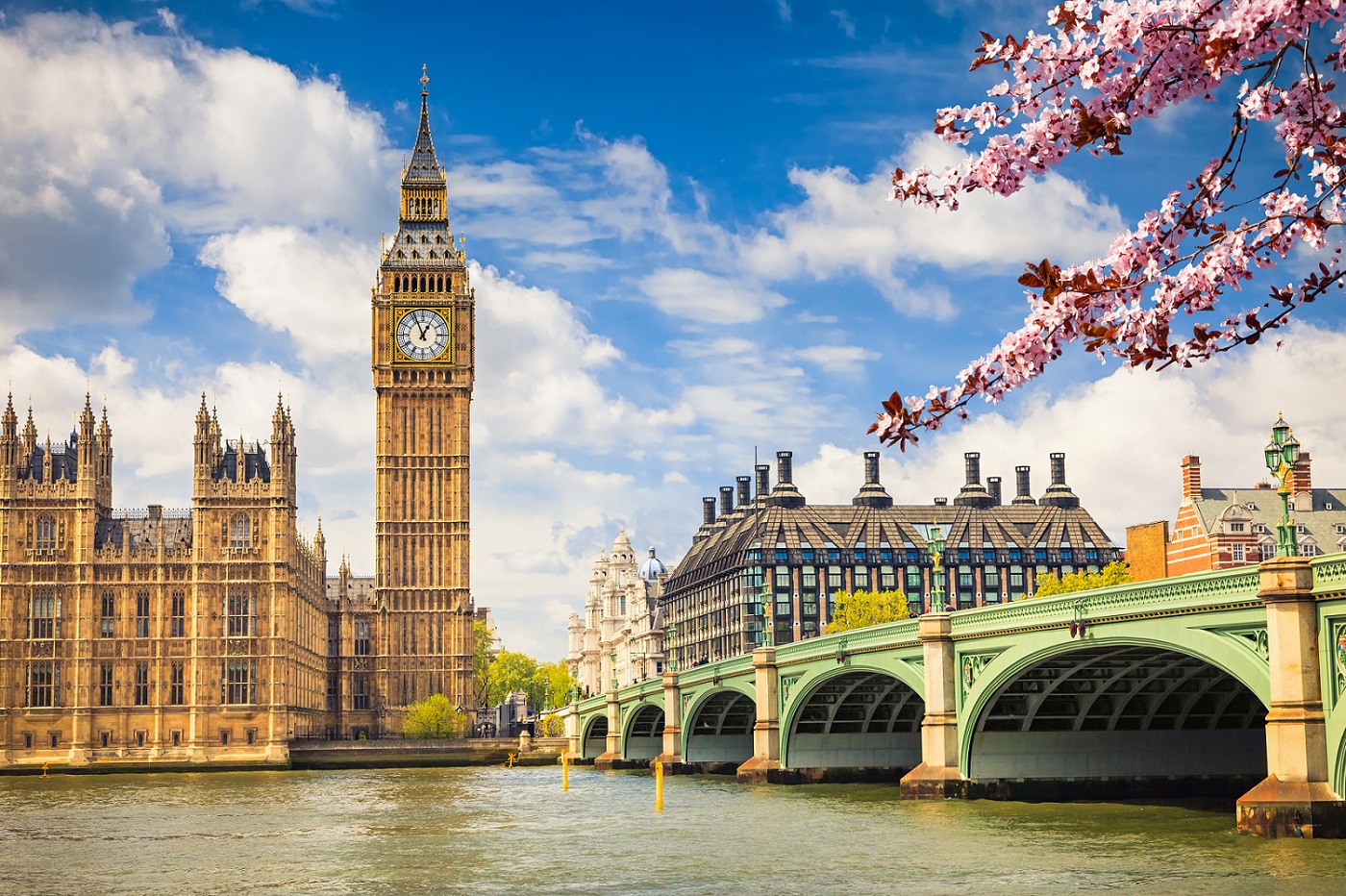The Spring Statement and its impact on the Cost of Living crisis
11 April 2022
According to the Governor of the Bank of England, Andrew Bailey, this year’s energy price shock will be larger than any single year of the oil crisis in the 1970s.
While the state of international affairs makes this landmark unsurprising, there remains significant uncertainty over how the current cost of living crisis will play out. The Chancellor of the Exchequer, Rishi Sunak, recently announced the Spring Statement, which contains a set of provisions intended to relieve some of the inflationary pressure on UK households.
This article will assess the impact of the Government’s measures on the UK’s financial stability, in the context of wider macroeconomic trends.

The Spring Statement: policy summary
The key policies introduced in the Spring Statement are:
- a temporary cut to duty on petrol and diesel (now)
- expanded VAT relief on energy saving materials (now)
- an increase to businesses’ Employment Allowance (now)
- an increase to the National Insurance Primary Threshold (July 2022)
- a reduction to income tax (April 2024)
Evidently, the policies which are effective immediately aim to cushion the blow of energy inflation. For example, the Government anticipates that the 12-month 5p reduction in fuel duty will, on average, save a one-car family £100. The long-term policies are more focused on cutting taxes, with the 2024 cut to income tax coming one month before the next planned general election.
Vulnerable households
While the Spring Statement offers some relief to vulnerable households, think tanks such as the Resolution Foundation and the Institute for Fiscal Studies (IFS) believe there is a lack of targeted support. The UK’s poorest households will be disproportionately hit by the expected 3.6% decrease in real wages this year; the New Economics Foundation estimates that the proportion of household spending on energy bills is three times higher for the poorest 10% of UK families compared to the richest 10%. The IFS concedes that Sunak’s policies are progressive because, when measuring gains as a proportion of income, those at the bottom of the income distribution gain the most. However, the IFS still contends that, by failing to uprate benefits in line with inflation, the Spring Statement offers insufficient support to vulnerable households.
The Resolution Foundation similarly argues that the chancellor has prioritised his ‘tax-cutting credentials’ over protecting low-income families. Indeed, they predict that, because of the income squeeze, a further 1.3 million people will fall into absolute poverty next year – the biggest increase outside of a recession. For reference, a UK household is said to be in absolute low income (absolute poverty) if their net equivalised disposable income is below 60% of the FYE 2011 median income adjusted for inflation. The emergence of such an alarming poverty statistic, coupled with the Office for Budget Responsibility’s forecast of 8.7% inflation, does beg the question: are the Spring Statement policies adequate for the worst impacted?

Costly household borrowing
With Ofgem recently increasing the energy price cap by 54%, it is likely that many people will need to borrow money in the coming months, to temporarily bridge the affordability gap in household budgets. Even before the energy price cap hike, credit card borrowing was on the rise. According to the Bank of England, net credit card lending increased by £1.5 billion in February – the largest monthly increase since records began in 1993. Indeed, the Money Advice Trust found that one in four UK adults have used credit to pay for bills or essentials (food, water, rent, tax and energy) in the last three months. During the pandemic, such unsecured lending was affordable because of payment deferrals and low interest rates. Now, in the absence of the COVID-19 relief measures, and in the presence of increasing interest rates, the cost of borrowing is rising.
As conventional borrowing becomes less affordable, newer and more controversial products are becoming more popular. For example, the Buy Now Pay Later (BNPL) market is on the rise and UK payments are expected to be valued at over £30 billion by the end of this year. Evidence of BNPL’s growth can be seen in NatWest’s intention to launch an ‘affordable’ BNPL product this summer. Borrowing of this nature, while convenient under the strain of real income pressure, provides a false sense of financial security. When products like BNPL are mixed with increasing interest rates and decreasing real income, it can produce a recipe for repayment problems and long-term debt. These products can create the short-term illusion that spending beyond your means is a financially viable option. Again, the risk of more people being drawn into debt traps by expensive or deceptive borrowing leads organisations, like the Money Advice Trust, to question the lack of government support in the Spring Statement.
![]()
‘Sensible’ Government borrowing
As a result of better-than-expected economic performance and strong tax receipts, government borrowing was £21.2 billion lower than the Office for Budget Responsibility’s forecast for the financial year to February. This unexpected improvement in public finance provides ammunition for those questioning the lack of support in the Spring Statement. However, while tax receipts are promising, it is worth remembering the level of Government borrowing during the pandemic:
- April 2019 to February 2020 – £44.0 billion (pre-pandemic)
- April 2020 to February 2021 – £290.9 billion (pandemic)
- April 2021 to February 2022 – £138.4 billion (pandemic)
The last two figures represent the highest and third highest levels of Government borrowing since records began in 1993. The unsustainable nature of such borrowing means that, to restore budgetary balance, the Government is now being more frugal with its policies. In this vein, Rishi Sunak has defended his Spring Statement on the grounds that higher levels of borrowing would not be ‘sensible’.
Andrew Bailey seems to support this low intervention approach. He believes that the shock to real income will put sufficient downward pressure on consumer demand such that prices eventually stabilise. However, if prices continue to spiral upwards at an excessive rate, the Bank of England has not ruled out tightening monetary policy and increasing the Bank rate in the coming months. For the Bank of England, the optimal outcome of increasing the Bank rate would be increased saving, reduced consumer demand, and, ultimately, stable prices. Notably, this outcome is more dependent on the saving/spending habits of affluent households, than those most at risk from the cost of living crisis.
A challenging year ahead
Given the level of Government borrowing over the past two years and the pressure on the chancellor to get the budget on more sustainable footing, the restricted nature of the Spring Statement is understandable. However, the lack of targeted measures, which support vulnerable people, will create future problems, if poorer households are drawn into debt by taking on borrowing they will struggle to repay. Both Rishi Sunak and UK households face a problem, where borrowing more money could have negative long-term implications. Additionally, there may well be other unanticipated adverse effects of the real income squeeze in the coming months. For example, if the gap between nominal wage growth and inflation becomes excessive, we may witness wage strikes and a disruption to economic activity.
Ultimately, if, as seems likely, the Spring Statement represents the Government’s intention to be tighter with its expenditure, then, in the face of the cost of living crisis, both the Government and UK households have a challenging year ahead.
Get in touch
If you would like to discuss any of this further, please do not hesitate to get in touch with myself, a member of our Financial Services team or your usual Johnston Carmichael adviser.
